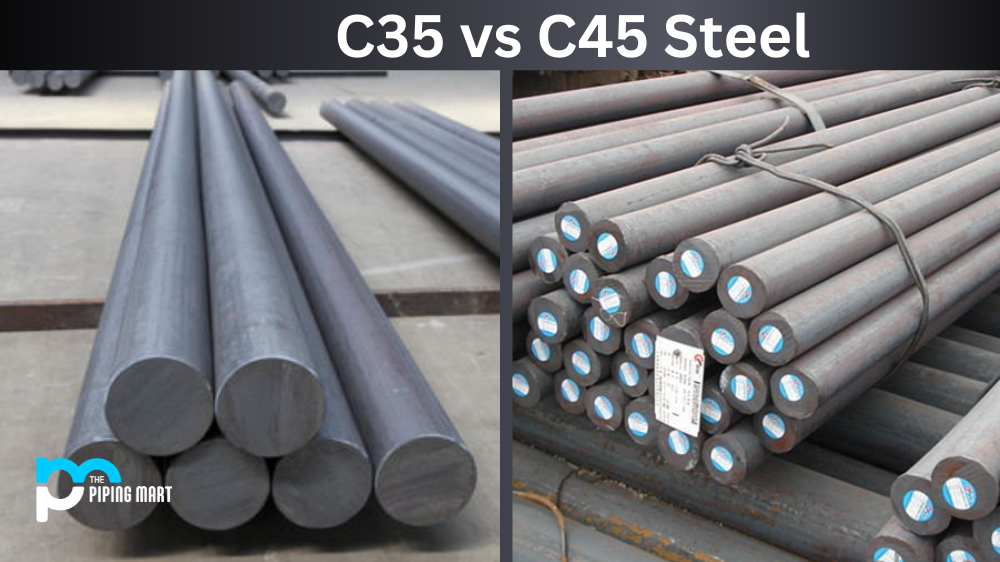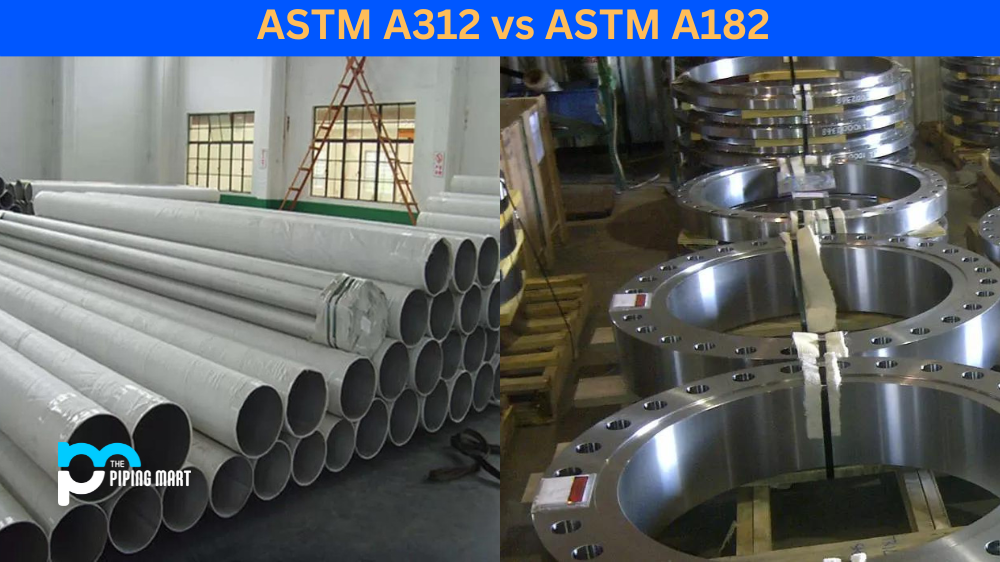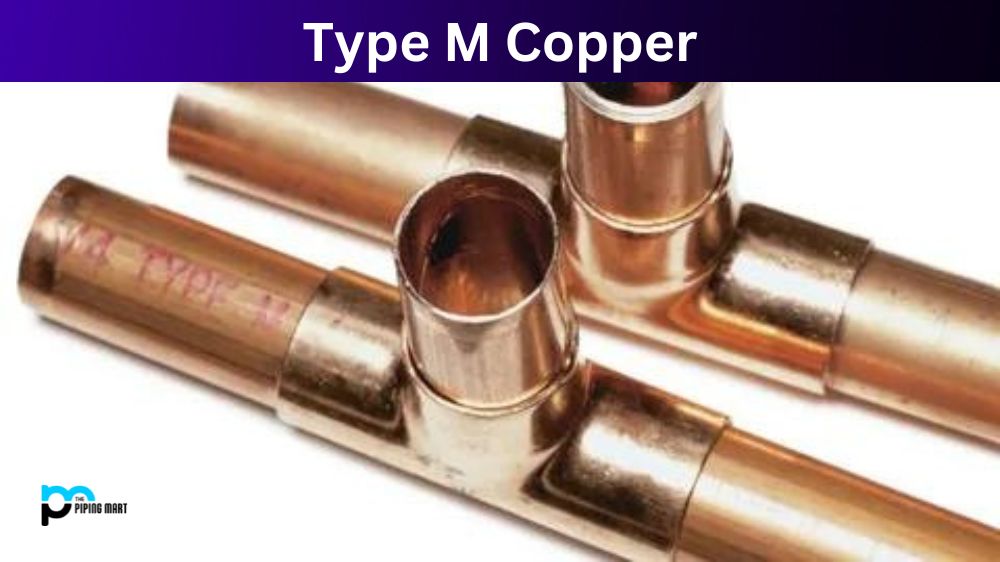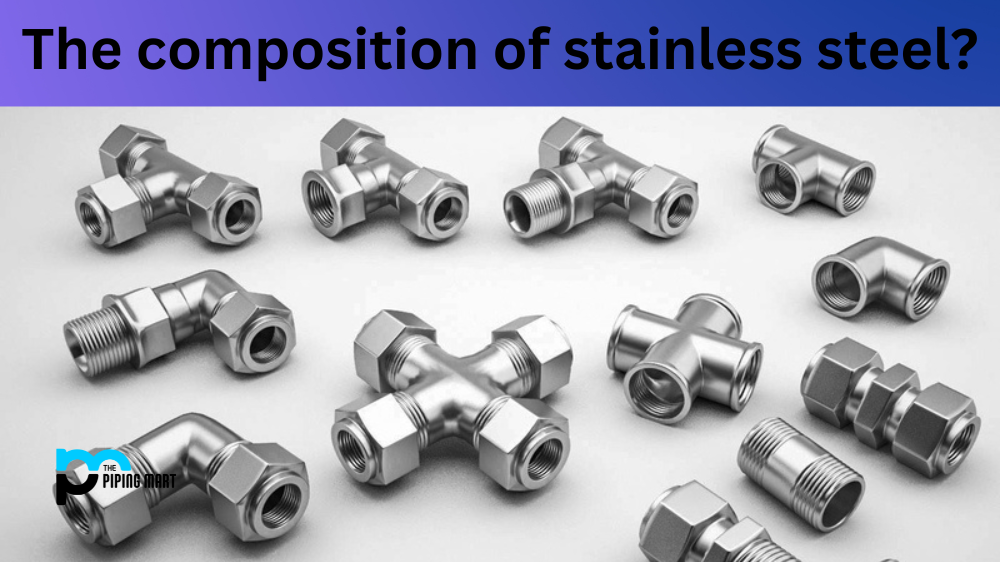Steel is commonly used in various industries, including construction, manufacturing, and production. There are multiple types of steel, and two of the most popular are C35 and C45 steel. These two sheets of steel are both carbon steels but have different characteristics. Here, we will delve deeper into the differences between C35 and C45 steel and see which is better suited for specific applications.
Difference Between C35 and C45 Steel
Chemical Composition
C35 and C45 steel has carbon as the primary alloying element, but their carbon content differs. C35 steel has a carbon content of 0.35%, while C45 steel has a carbon content of 0.45%. This difference in carbon content can impact various properties of the steel, such as toughness and hardness.
Mechanical Properties
C35 and C45 steel have good mechanical properties but differ in strength and hardness. C35 steel has a lower tensile strength and hardness than C45 steel, making it more ductile and easier to weld. C45 steel, on the other hand, has a higher tensile strength and hardness, making it more suitable for applications that require high strength and durability.
Heat Treatment
Heat treatment is an essential process in steel manufacturing that can affect the properties of the steel. C35 steel can be easily heat treated to achieve properties such as increased hardness and strength. C45 steel requires a more complex heat treatment process to achieve the same properties, but once heat treated, it can have superior mechanical properties than C35 steel.
Applications
C35 steel is commonly used to produce components that require good weldability and ductility, such as pipes, agricultural machinery, and automotive parts. C45 steel, due to its higher strength and hardness, is often used in producing machinery components, shafts, gears, and axles.
Price
Price is a significant factor when choosing between C35 and C45 steel. C35 steel is generally less expensive than C45 steel, making it more cost-effective for some applications.
Conclusion
C35 and C45 steel are carbon steels with different properties and applications. C35 steel has a lower carbon content and is ductile and easily weldable, making it suitable for applications that require good ductility and welding ability. C45 steel, on the other hand, has a higher carbon content and is more robust and more complex, making it more suitable for applications that require high strength and durability. Ultimately, the choice between C35 and C45 steel depends on the application’s specific requirements and the available budget.
Meet Heer, a dynamic and driven writer learning tricks of her trade in the metal industry. With a background in Digital Marketing, Heer brings a unique perspective to her writing, sharing valuable insights. Apart from blogging she like reading and hiking.




